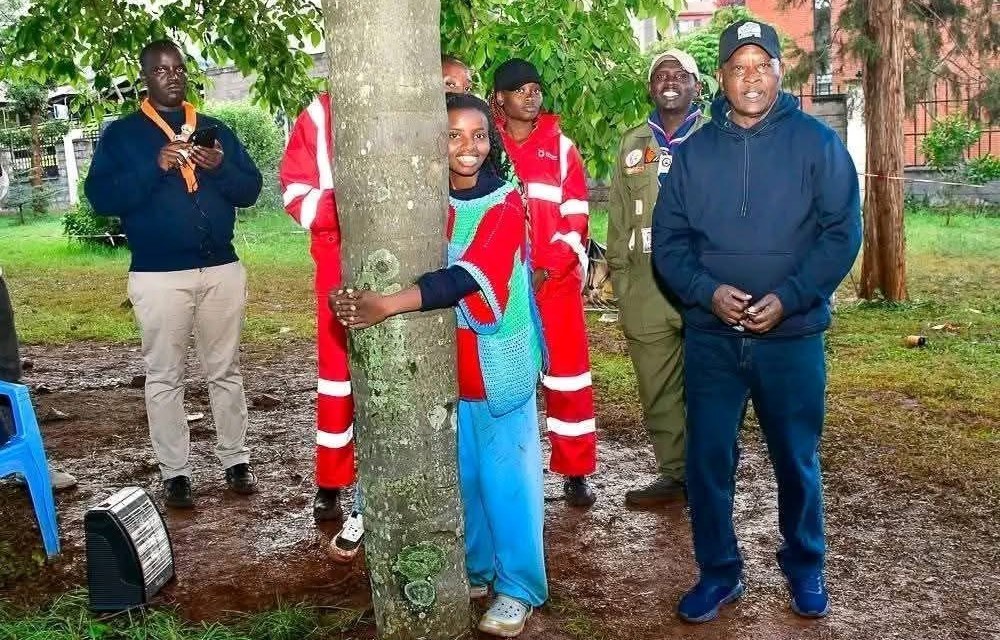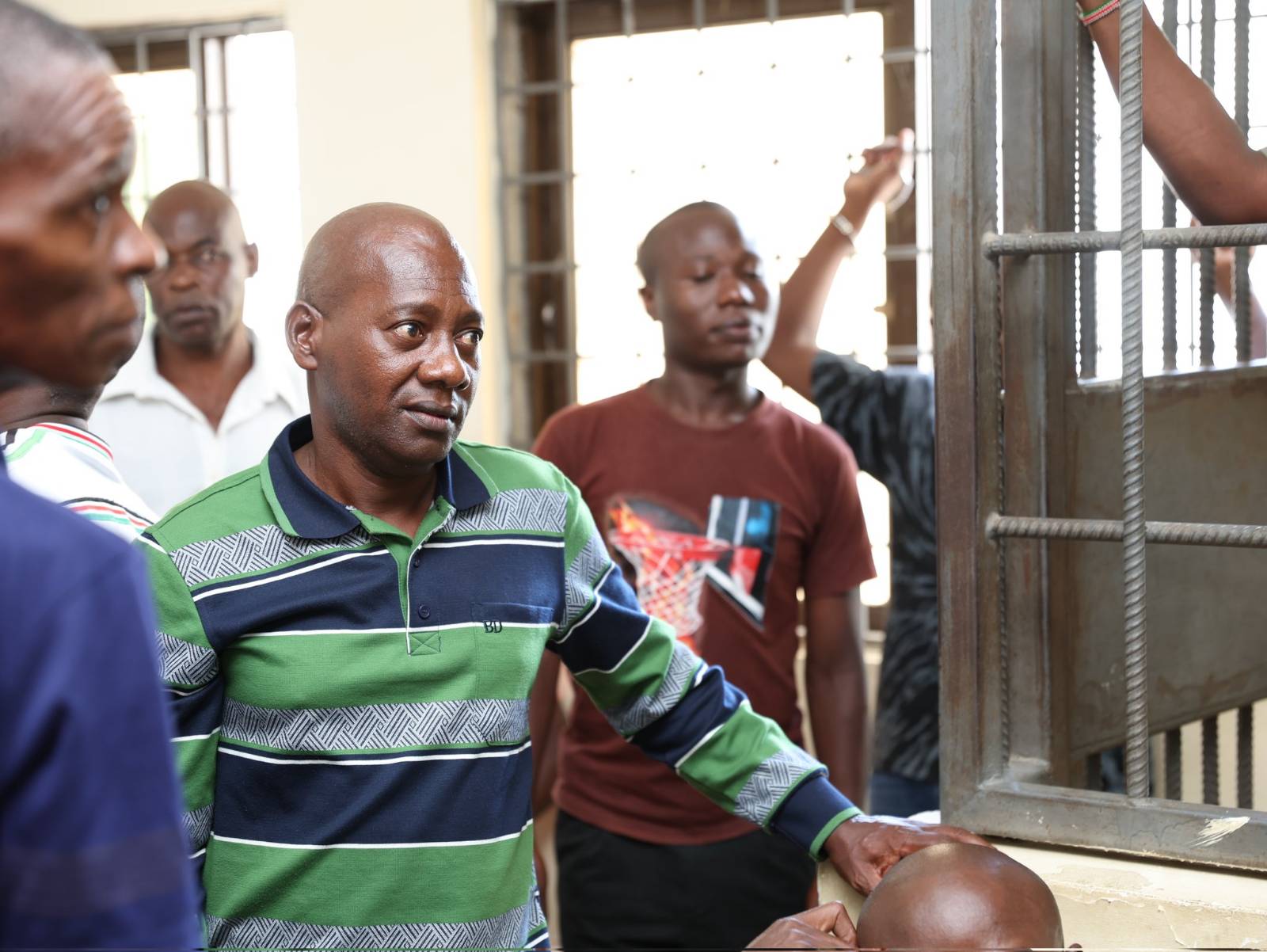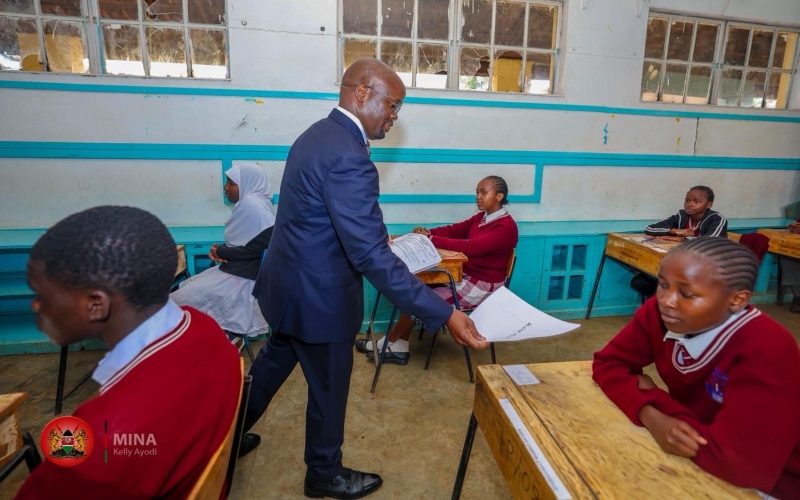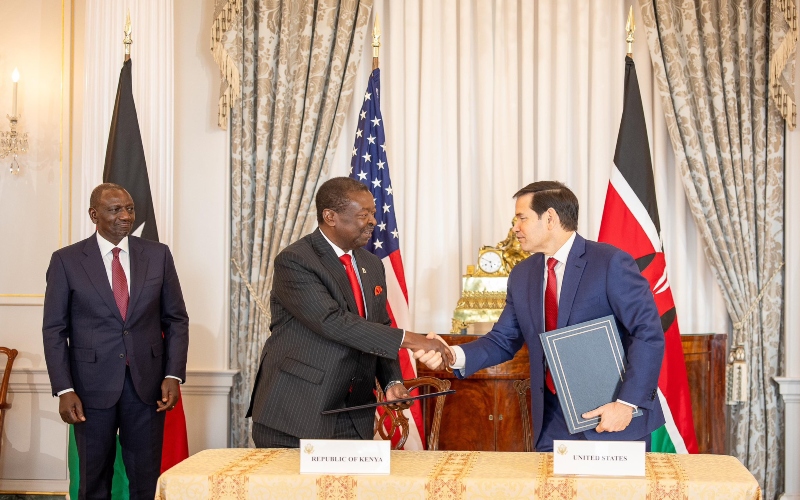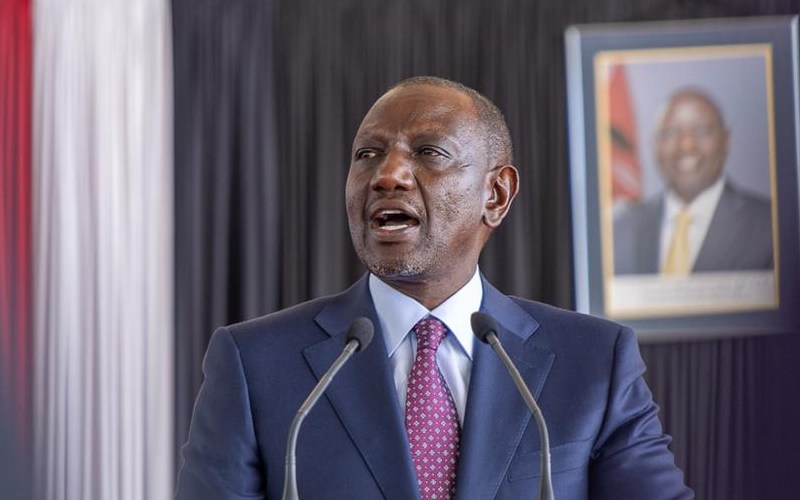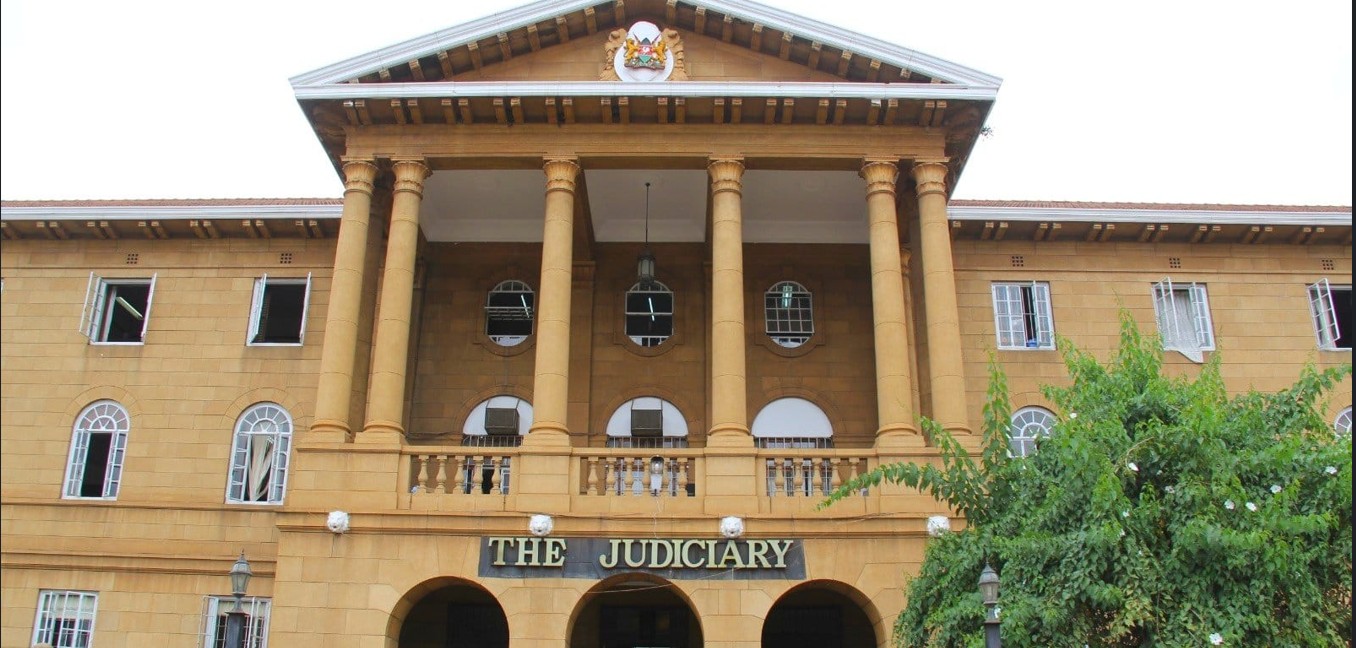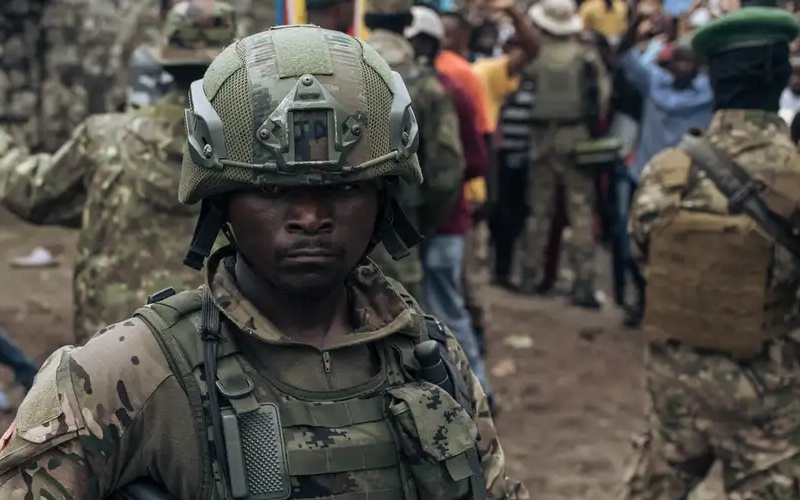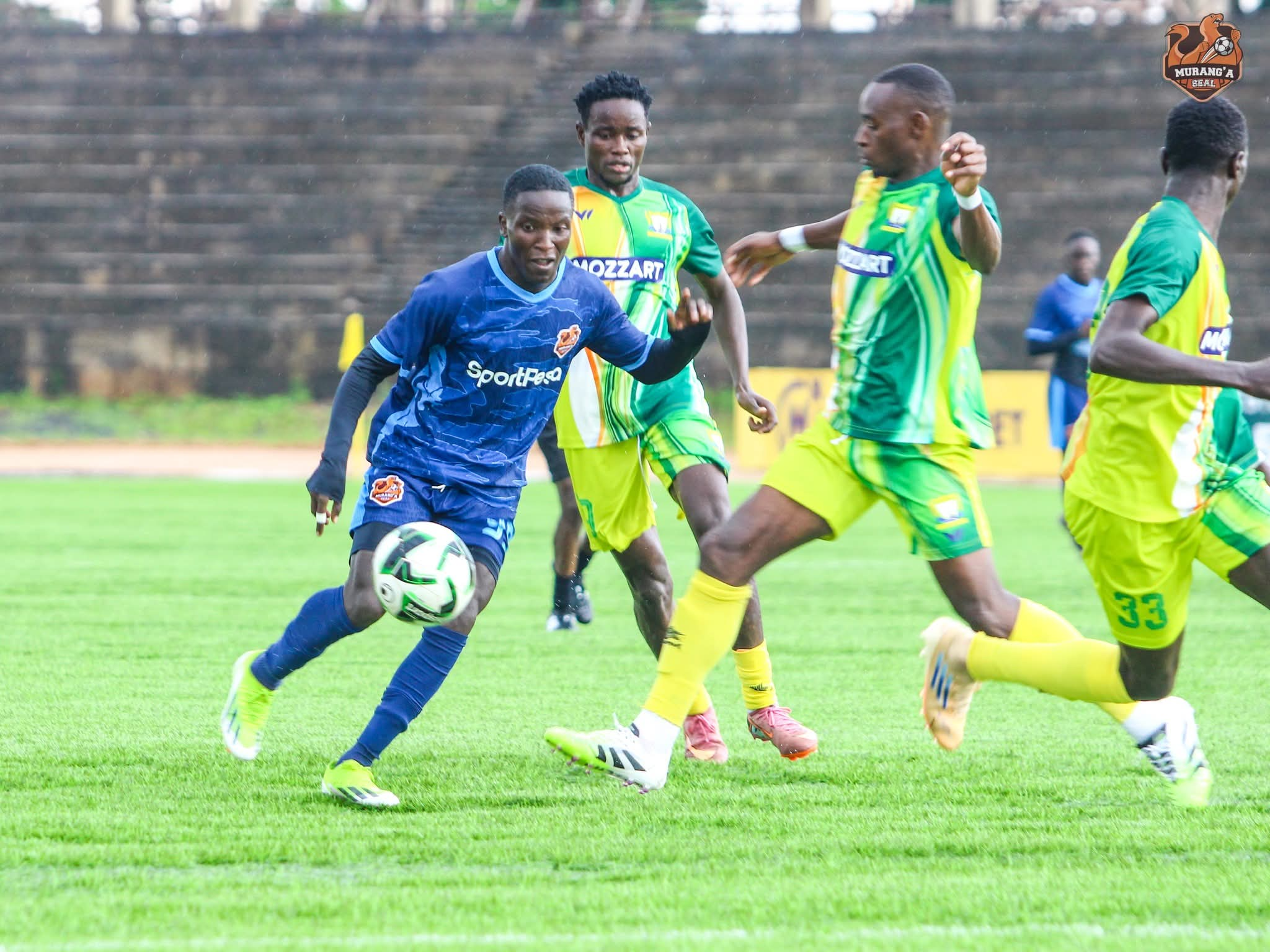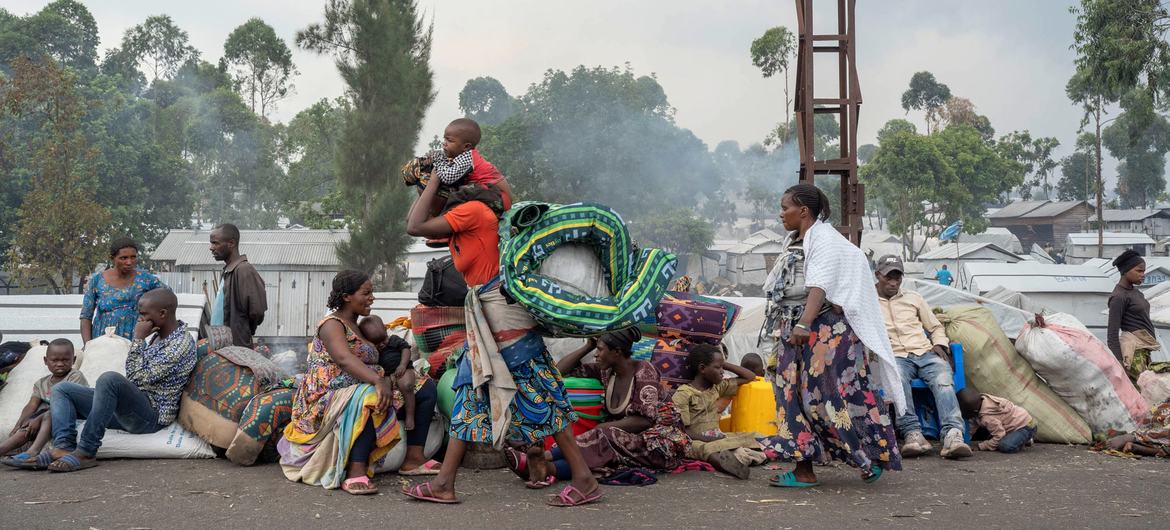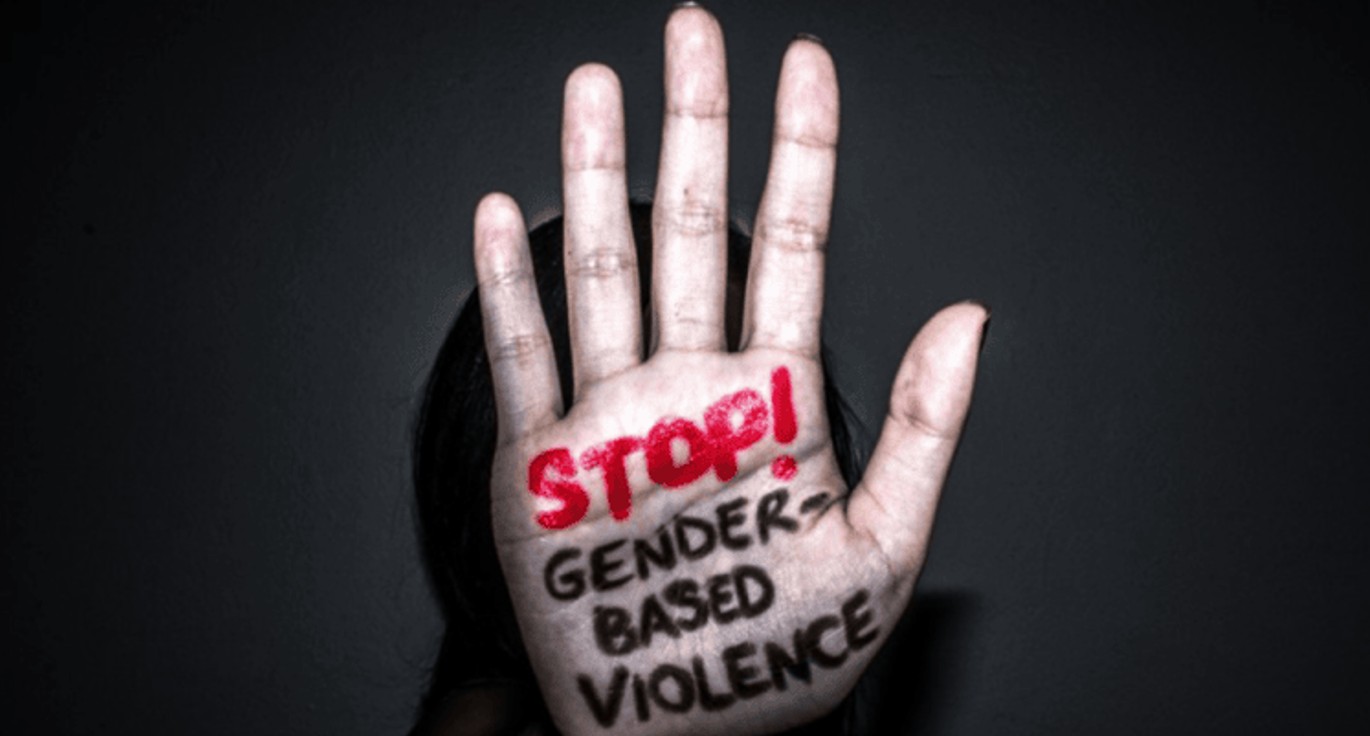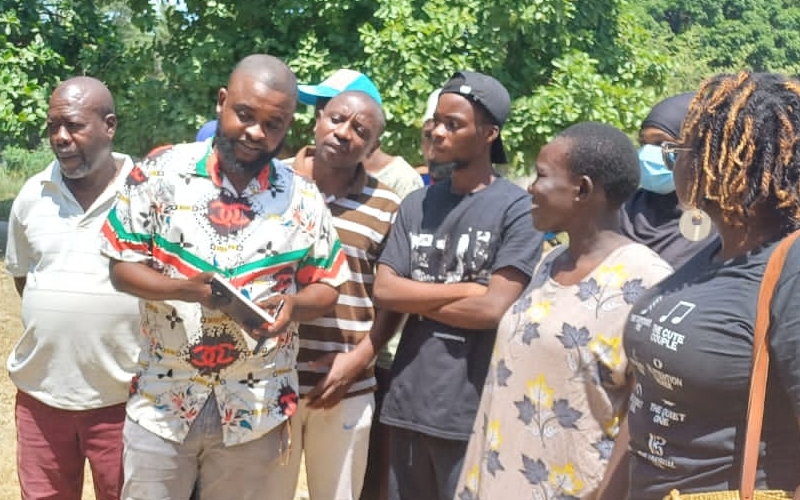Nairobi emerges as epicentre of child abuse in Kenya in latest report
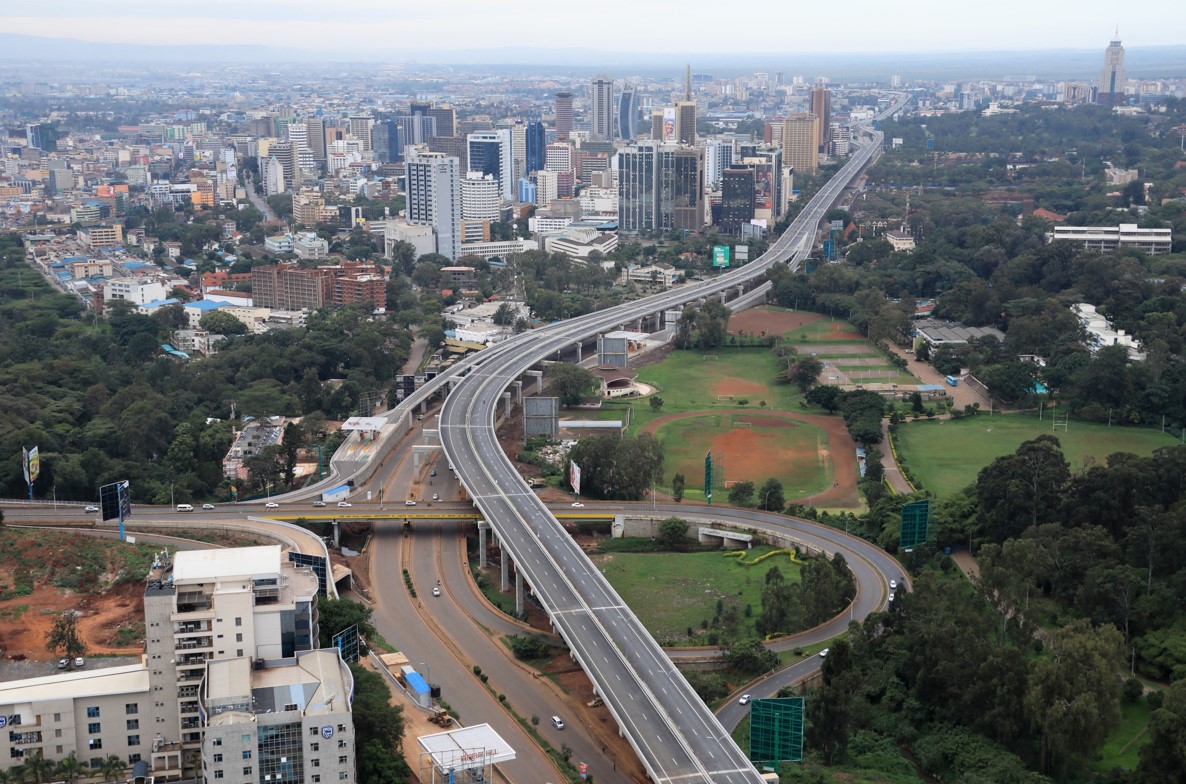
Of the 117,602 cases of violence against children recorded nationwide, Nairobi accounts for 16,855 cases with Kiambu following closely behind with 9,660 reported cases.
A new report by the National Council of Administration of Justice has highlighted the alarming rise of child violence and abuse in Nairobi, with the city emerging as the leading region in the country for incidents affecting children.
The 2023-24 report paints a grim picture of the challenges children face in Kenya, detailing widespread abuse, including physical, sexual, and emotional violence, as well as harmful cultural practices such as female genital mutilation and child marriage.
More To Read
- Justice Matheka calls for increased funding to strengthen Kenya’s child justice system
- Senator Hamida demands action over child sex trafficking in Maai Mahiu
- Two-thirds of South Sudan’s children trapped in exploitative labour, new report reveals
- Child labour numbers rise in homes where adults are jobless – South African study
- DRC conflict sparks surge in sexual violence against refugee children in Burundi
- Children in DRC, Somalia, Nigeria bore brunt of war in 2024 - UN
In addition, the report points out that many children in the country are vulnerable to trafficking, substance abuse, radicalisation, hazardous labour, and online exploitation.
Of the 117,602 cases of violence against children recorded nationwide, Nairobi accounts for 16,855 cases, the highest number by far.
The report reveals that the capital is grappling with various forms of child mistreatment, with Kiambu following closely behind with 9,660 reported cases.
Other counties with notable figures include Nakuru (5,377 cases), Machakos (5,432 cases), and Kakamega (4,171 cases).
"Some children are also vulnerable to trafficking, substance abuse, radicalisation, hazardous labour and online exploitation," the report reads.
Other counties experiencing significant child abuse include Bungoma (3,712 cases), Kisumu (3,708 cases), Murang'a (3,655 cases), Narok (3,386 cases), Migori (3,207 cases), Mombasa (3,001 cases), Embu (2,952 cases), and Busia (2,834 cases).
Lowest numbers
However, Samburu and Marsabit recorded the lowest numbers of child abuse incidents, with just 376 and 486 cases, respectively.
The report also highlights the efforts made by state actors and various organisations to address the issue.
Counselling services have been the most widely used intervention, with 46 per cent of affected children receiving professional counselling aimed at helping them cope with emotional distress and psychological trauma.
In addition to counselling, police diversion programmes, judicial orders, and court supervision were also employed to assist the children.
"Forty-six per cent of children went through professional counselling designed to help them cope with emotional distress and psychological trauma," the report reads.
The report also highlighted the judiciary's crucial role in handling cases of child abuse.
A total of 16,267 new child-related cases were filed during the reporting period, and 16,119 of these cases were resolved.
November is recognised annually as Children's Justice Month, a time for the judiciary to reflect on the protection and justice needs of children.
Despite these efforts, the report also notes a concerning trend where the boy child continues to bear a disproportionately high burden of exposure to crime and violence.
Top Stories Today
